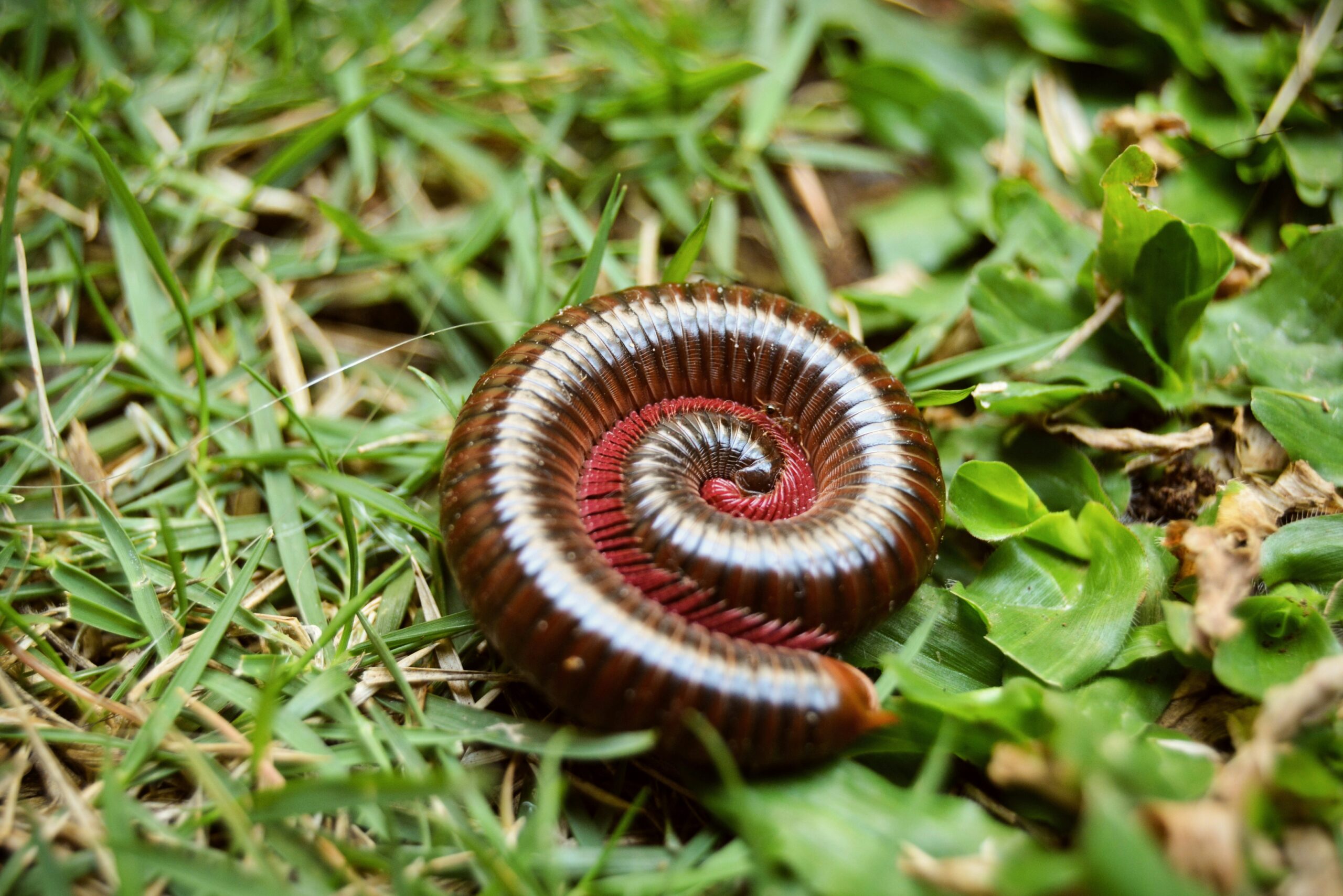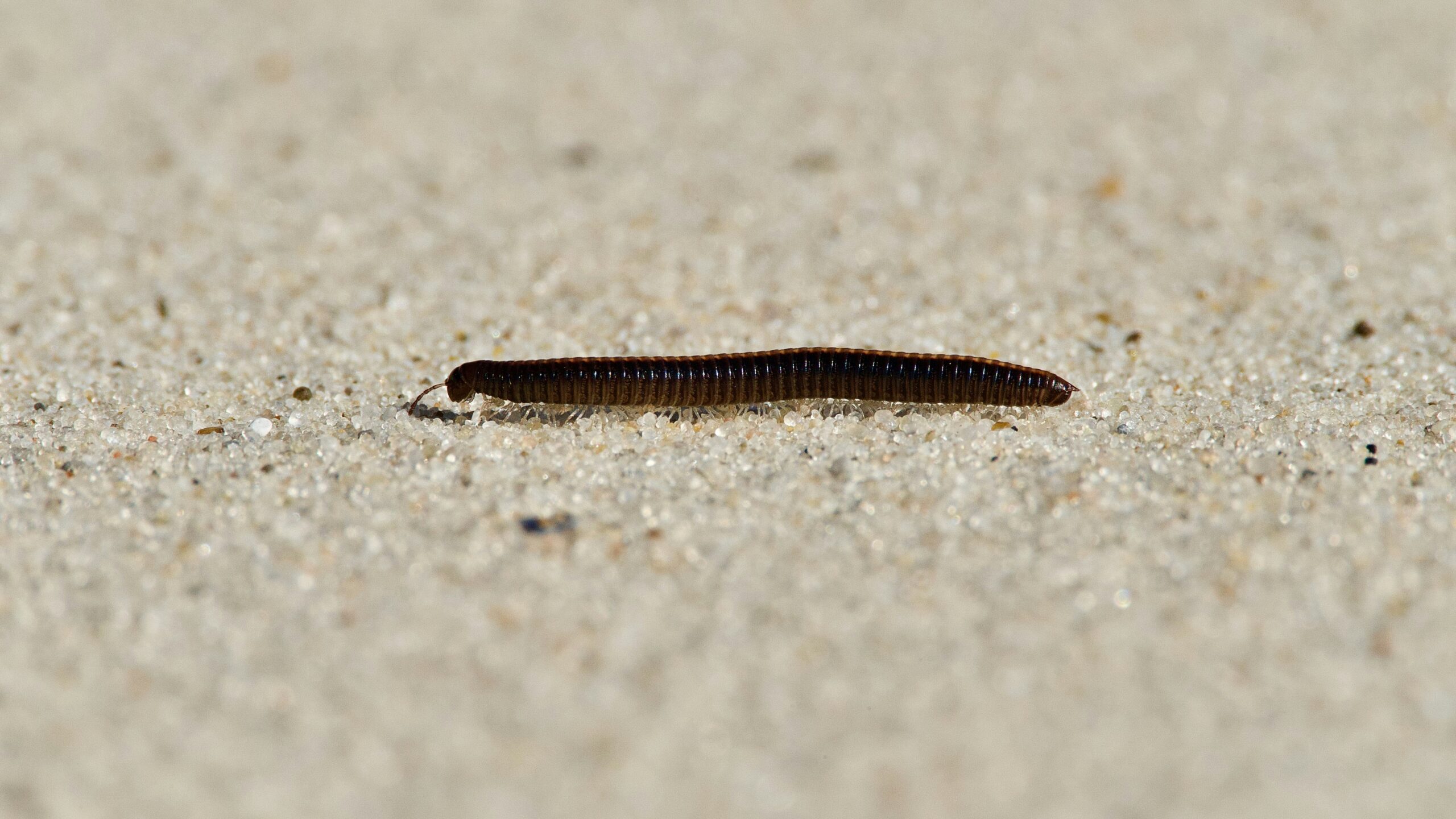MILLIPEDES
Your Tick problems, Gone For Good, Guaranteed.
Request a Callback
We’ll give you a call to discuss the best pest application for you:

DESCRIPTION:
___
Most millipedes are brown or black, but some species are orange or red. They range in size from 5/8 inches to 4-inches. There are many species of millipedes. A few millipedes appear to be flattened. Every millipede has two pairs of legs attached to each apparent body segments.
BIOLOGY:
___
Females lay 20-300 eggs in nests in the soil. The eggs hatch after several weeks. They young initially have only three pairs of legs and seven segments. They undergo a series of seven to ten molts during which the number of legs and segments increase. Adults can live several years. Most species overwinter as adults or young.

HABITS:
___
Millipedes are found outdoors in situations where there is moisture and decaying organic matter, such as under trash, grass clippings, mulch, rotting firewood, leaf litter, etc. They can build up tremendous populations in forest litter and compost heaps. Millipedes became structural pests when they invade homes and other structures, sometimes in staggering numbers. This occurs when standing water in their natural habitat forces them out. Indoor movement is also caused by drought and their natural migratory and mating instincts in the fall. Millipedes are active at night. They scavenge feed on decaying organic matter. Most species produce a foul smelling fluid that comes from the side of their bodies and is toxic to some insects and small animals. The substance can cause blisters on human skin.

